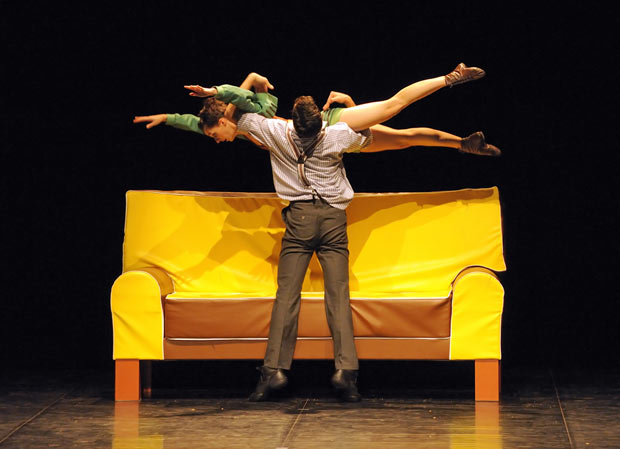
Bordeaux Opera Ballet
In The Steps Of Petipa and 4 Tendances programme
Hong Kong, Cultural Centre Grand Theatre
6 and 8 June 2012
www.opera-bordeaux.com
A version of this review previously appeared in the South China Morning Post
The Bordeaux Opera Ballet, appearing in the annual “Le French May” festival of French arts, came with a promising pedigree. Artistic Director, Charles Jude, had a distinguished career as a star dancer at the Paris Opera, also the alma mater of Ballet Master, Eric Quilleré, and the troupe’s repertoire is rich and varied. However, the proof of the Château is in the drinking and this Bordeaux turned out to be more appellation contrôlée than grand cru.
The company brought two contrasting programmes, one classical, In the Steps of Petipa, and one modern, 4 Tendances (Four Tendencies).
Of the two, the dancers looked far more at home in the contemporary pieces. Anthony Ega’s Forsythe-influenced Tetris with its electronic score and geometric patterns was well-structured and had striking moments. It was danced with clarity, power and sharpness by the whole ensemble, strongly led by the athletic Juliane Bubl.
Two fine duets by Claude Brumachon, Etreintes Brisées (for a man and woman) and Les Indomptés (for two men), showed a choreographer with a distinctive style in swift, abrupt lifts and an ability to combine athleticism with atmosphere. Brumachon also offered a judicious and original choice of music (songs by Thomas Ravenscroft and Wim Martens respectively). The two couples were both exceptionally good – unfortunately I can’t say for sure who they were since the programme bizarrely gave no casting information for the modern evening and had no photos of the dancers. However, I did identify Ludovic Dussarps in the first piece and (I think) Roman Mikhalev in the second.
Itzik Galili’s The Sofa is a heavy-handed comic piece about three people, a straight man, a woman and a gay man having (or trying to have) sex on a sofa. Personally I found it about as funny as root canal treatment but it was well performed and drew a lot of laughs (Benny Hill fans would love it). As an aside, the company is relentless in its milking of applause, taking bow after bow if even one person is still clapping.
Unfortunately Jirí Kylián’s celebrated Petite Mort, which closed the programme, fared less well. Although lifted by good work from individual dancers, notably Yumi Aizawa, the piece looked badly under-rehearsed and lacked the precision and coherence the choreography calls for.
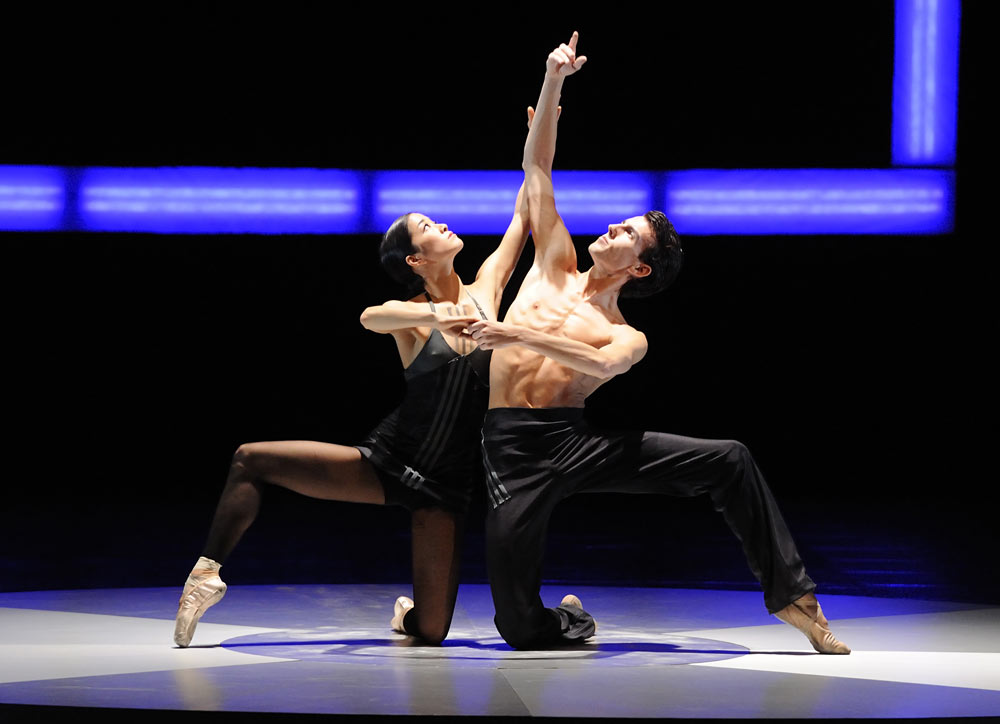
Much of the classical programme also missedfired. In the Steps of Petipa offered a potentially mouth-watering selection of excerpts from Marius Petipa’s greatest work. It opened with Paquita followed by three pas de deux, Don Quixote, the White Adagio from Swan Lake (which is by Lev Ivanov but who’s counting…) and the grand pas from Sleeping Beauty and closed with Act 3 of Raymonda. This should have been a feast for lovers of classical ballet. The actual performance simply did not meet the demands of style and technique this benchmark choreography demands.
Among the principals only Oksana Kucheruk stood out as a classical dancer of international stature with impressive accounts of Don Quixote and Raymonda. Her splendidly-assured technique and impeccable back and arms were a pleasure to watch and showed the hallmarks of her Kiev training.
Admittedly Kucheruk is the company’s only female étoile. That does not excuse such a wide gap in performance standard with the rest of the principal roles, which were undercast and underdanced. Solos were often plagued by sloppy technique – none of the four men in the Raymonda pas de quatre could land a single one of the successive double tours en l’air cleanly. On the plus side Sara Rendel sparkled in the fourth variation from Paquita and Ludovic Dussarps gave a strong lead in the Czardas from Raymonda, while the corps de ballet were well-drilled and lively.
Programmers for Le French May and other festivals would do well to bear in mind that Hong Kong has an excellent ballet company of its own and regularly hosts visits from some of the world’s top troupes. There is no point bringing the 19th century classics here unless you have something exceptional to offer.










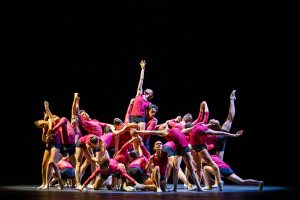

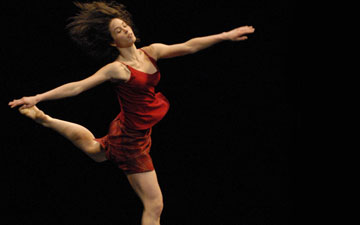

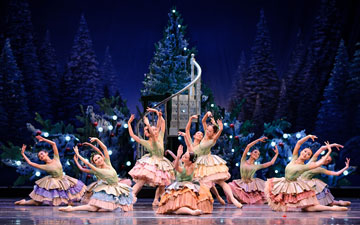
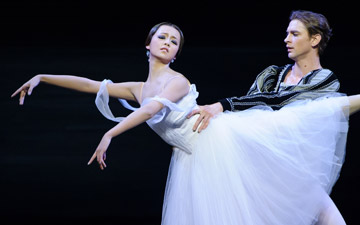

You must be logged in to post a comment.